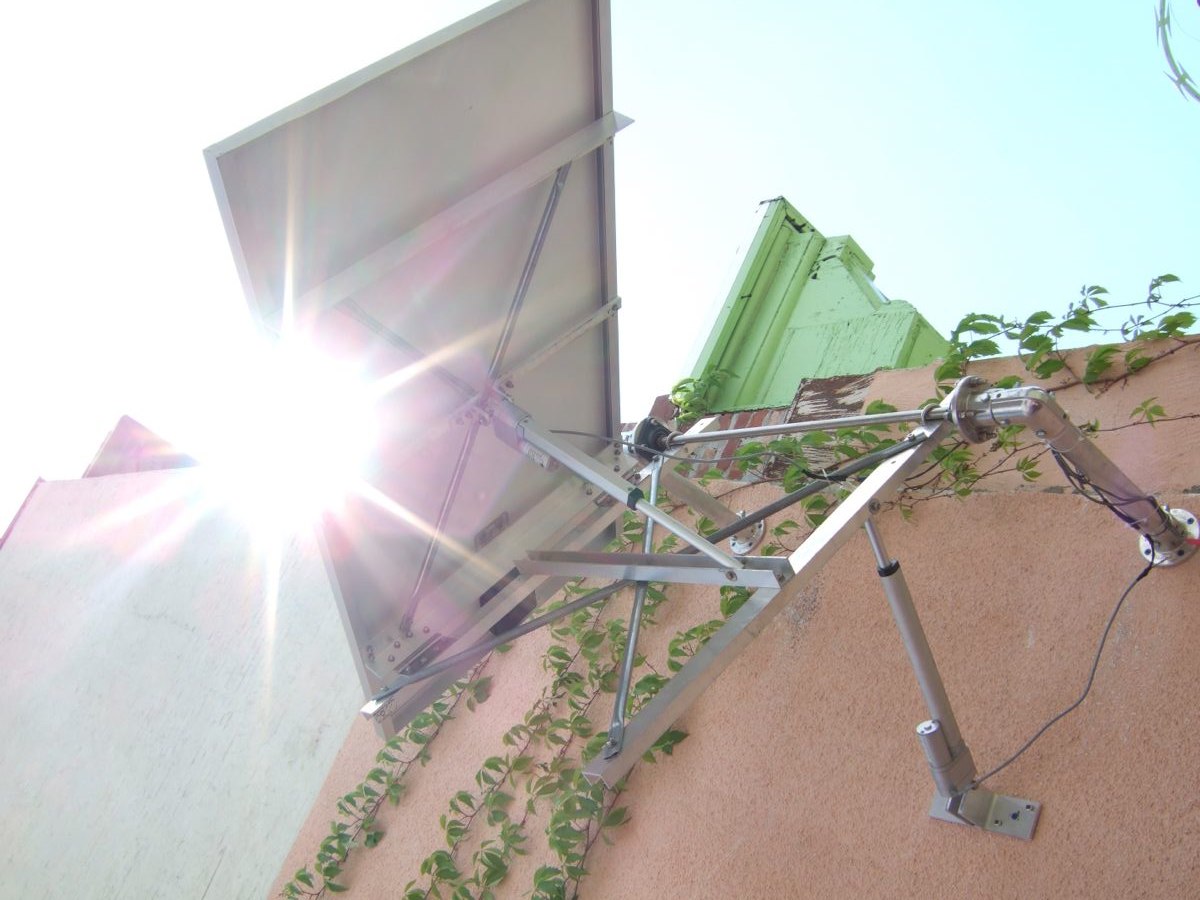Goto weekly syllabus
Description
Energy has been called the “universal currency” (Vaclav Smil) but also “a very subtle concept… very, very difficult to get right” (Richard Feynman). By developing or building on skills such as physical computing, we will generate and measuring electricity, in order to gain a more nuanced and quantitative understanding of energy in various forms. We will turn kinetic and solar energy into electrical energy, store that energy in batteries and capacitors, and use it to power small devices. We will develop skills useful in a variety of undertakings, from citizen science (distributed remote sensor networks) to large-scale art installations. Students will build a final project using skills learned in the class. SCMA2110.01 | MUS2111.01 | ENV2110.01 2 Credits, 7 weeks.
Time
Thursdays 8:10AM-Noon
Contact
jfeddersen [at] gmail [dot] com
Assignments and Requirements
- Class participation: On-time and engaged attendance in all classes – we only have seven weeks! If something serious intervenes, let me know, but otherwise be there and participate.
- Solar or kinetic project: Students will build one small device, powered either by solar or kinetic energy. You will measure and record the energy input, storage, and output of the device, and provide written, photographic, and video documentation of your project.
Because students may have little prior electronics experience, and the work in this class is electronic in nature (electricity is useful, versatile, and easy to quantify), I’ve created two tiers of projects that would satisfy the requirements for the class. The level-one projects can be completed with no prior physical computing or equivalent experience. A level-two project is suggested if a student already has some experience with electronics and wants to extend their skills with less direct guidance.
[one_half first]Solar 1: BEAM Robots. BEAM-bots in general are minimalist circuits that can exhibit surprisingly complex behavior. Many are solar powered and use one of several “solar engine” circuits. Within a basic design framework many variations and customizations are possible.
Solar 2: Students will design their own solar powered project, sourcing appropriate panels, energy storage, and voltage regulation as needed. [/one_half]
[one_half]Kinetic 1: Crank light. A DIY version of the ubiquitous hand-powered flashlights. After building this yourself, you will understand the steps necessary to convert kinetic energy in to electricity, condition it, store it, and use it in a simple circuit. Once the basic functional aspect is complete, personalization is encouraged.
Kinetic 2: Students will use steppers or gear-head DC motors as generators to power a project of their own design. [/one_half]
Readings
Energy: A Beginner’s Guide
Vaclav Smil
2006, Oneworld Publications
ISBN: 978-1851684526
We’ll be using this excellent text as the main reading for the course. It provides a wealth of technical detail in a cross-disciplinary context. Smil has published a number of other works on the topic.
Schedule Overview
See the weekly syllabus for lecture notes and assignments.
Week 1 – Intro / Energy Overview
2/23/12
Week 2 – Kinetic and Solar Energy
3/01/12 – Kinetic or solar project decision due by end of day via email.
Week 3 – Energy Storage
3/08/12 – Project proposal presentations in class
Week 4 – Energy Conditioning
3/15/12
Week 5 – Progress Reports / Individual Meetings
3/22/12 – Progress reports due in class
Week 6 – Final Workshop
3/29/12
Week 7 – Final Presentations
4/5/12 : Projects finished, documentation due.
